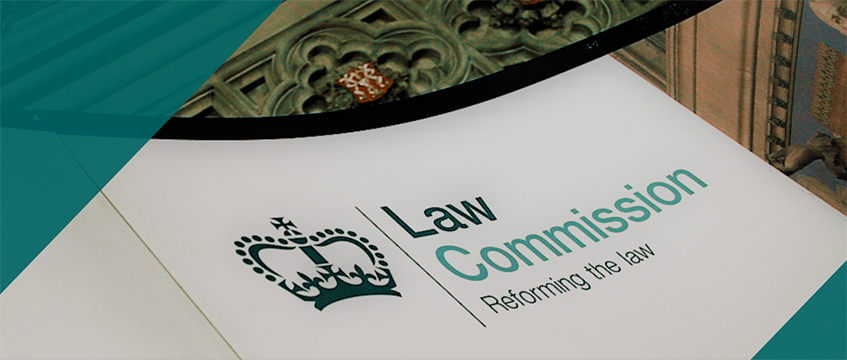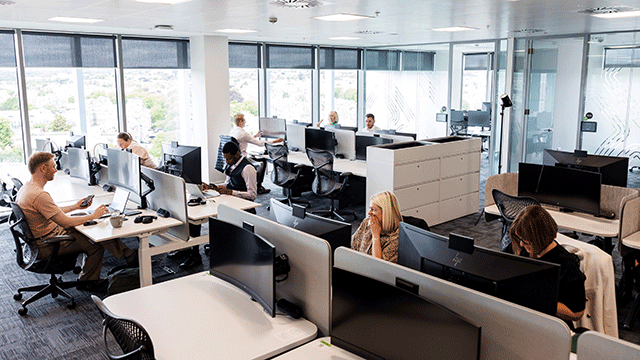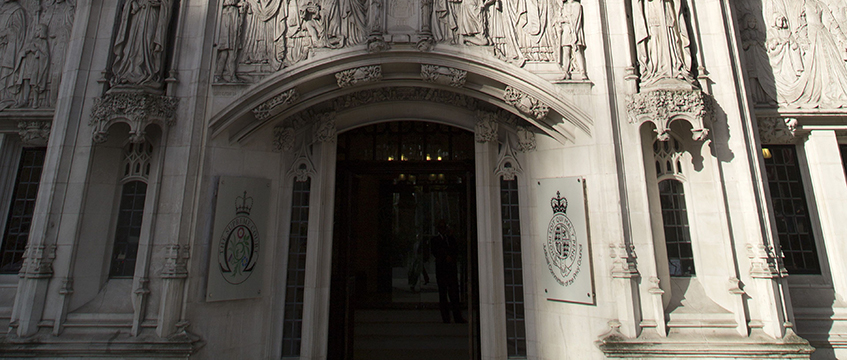Survey assumptions
The PAI/PMA Property Survey, first carried out in December 1981, now covers some 80 centres throughout the UK excluding London.(*) The current survey is based on information collected as at June 1986 and makes a comparison with June 1985 and June 1984 data. Rental growth has been calculated after taking into account centre size by “weighting” the centres according to their stock of commercial and industrial floorspace. Because such figures are not available for Scotland, the figures for rental growth are restricted to England and Wales.
Rents and rental growth
Industrial
Average weighted industrial growth across all centres was 2.6% in the period June 1985 to June 1986. After adjustment for inflation, this figure reflects real growth, albeit marginal, of 0.1%. This is more a reflection of historically low inflation — 2.5% over the period June 1985/86 — rather than of any spectacular upturn in the industrial market. Absolute rental growth was very similar to that during the previous year.
As might be expected the highest average rents are in the South East and South West, and the lowest in the North and North West, ranging overall from £1.53 to £3.97 per sq ft.
Offices
Office rents have, for the first time since the commencement of the PAI/PMA survey, grown in real as well as absolute terms over the 12-month period from June 1985 to 1986. Compared with an absolute weighted growth of 4% and a real decline of 3% over the period June 1984 to June 1985, between June 1985 and June 1986 there was average absolute weighted rental growth of 5.5%, representing real growth of 3%.
This overall figure masks considerable regional variation: with growth highest in East Anglia and the South East (each over 11% in absolute terms), and lowest in the North and the South West (less than 2% growth). These latter two regions were the only areas to have failed to keep pace with inflation, although the regional average masks some important underlying trends. In the South West, for example, rents remained static in the largest centre — Bristol — but at the same time grew considerably in the much smaller centres, such as Bath, at over 14% growth (12% in real terms).
Average office rents at June 1986 ranged from £10.03 psf in the South East, down to £3.50 in the Northern Region.
Retail
The annual rate of rental growth has risen considerably over the 12 months to June 1986, from an annual rate of just over 7% during 1983-84, and again during 1984-85, to a staggering 21% during 1985-86. When read in conjunction with an inflation rate of less than 3%, this figure reflects real growth of over 18%. This very high figure is largely due to upward movements in prime zone A rents in the North West and Yorkshire & Humberside, particularly in the outer suburbs of Liverpool and Manchester, and in Leeds. Average prime zone A rents in Yorkshire & Humberside have arisen by 23% over the year, and in the North West by 25%. Given this unusually high growth, we have also calculated the overall annual rate of growth on a basis which excludes the rental growth in those towns, ie Leeds, and the outer suburbs of Liverpool and Manchester. On this basis, the overall retail growth figure becomes 14% in absolute terms, and 11.5% in real terms.
Over the country as a whole, zone A rents range from an average of £51.55 in the West Midlands to just over £74 in the South East.
(*) The PAI/PMA Property Survey is based on information collected regularly by the 38 member firms of Property Agents International and analysed by an independent consultancy, Property Market Analysis. Further details of this survey can be obtained from PAI at Vernon House, Sicilian Avenue, Holborn, London WC1A 2QH, or from PMA at 9 Broad Court, Long Acre, Covent Garden, London WC2B 5QN.










